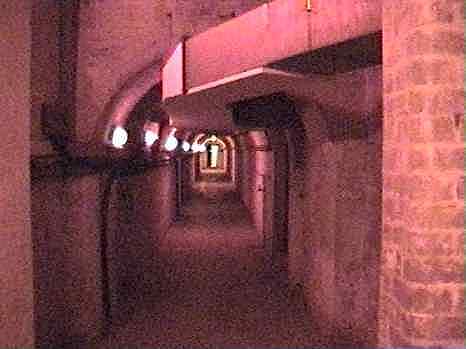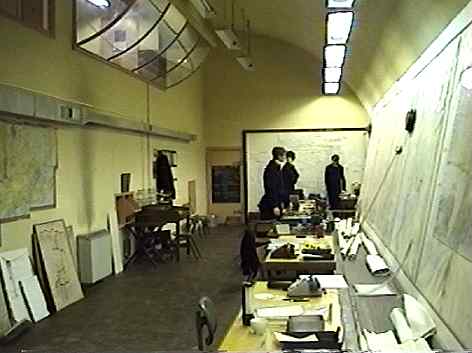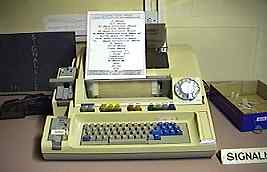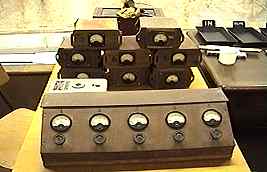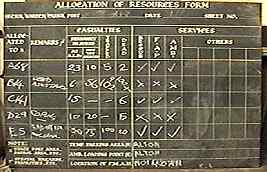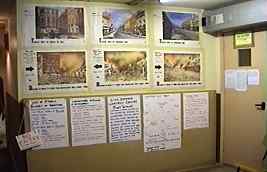|
My
uncle, Cyril Patrick Clover, was in the Portsmouth Police force and in
the Civil Defence team at Fort Widley.
I
remember as a child how I was at home in Old Portsmouth when he rang
from the Civil Defence centre asking me to put the telephone handset
near a radio as he needed to hear the 12:00 noon 'pips' from Greenwich.
This was so that he could fire-up the air raid siren system at a precise
time. The pips duly went off a few minutes later on the 1500 metres long
wave BBC Home Service, and on cue, the siren near our house and across
the city went off like banshees on a routine test.
It
seems that there was no suitable or working radio receiver in the centre
so he devised this workaround, presumably hoping that we would be in to
receive the call. This was in the mid-1950s.
David Clover - 8 November, 2015 |

